What Is XRP? (XRP)
To begin with, it’s important to understand the difference between XRP, Ripple and RippleNet. XRP is the currency that runs on a digital payment platform called RippleNet, which is on top of a distributed ledger database called XRP Ledger. While RippleNet is run by a company called Ripple, the XRP Ledger is open-source and is not based on blockchain, but rather the previously mentioned distributed ledger database.
To learn more about this project, check out deep dive of XRP. The RippleNet payment platform is a real-time gross settlement (RTGS) system that aims to enable instant monetary transactions globally. While XRP is the cryptocurrency native to the XRP Ledger, you can actually use any currency to transact on the platform.
While the idea behind the Ripple payment platform was first voiced in 2004 by Ryan Fugger, it wasn’t until Jed McCaleb and Chris Larson took over the project in 2012 that Ripple began to be built (at the time, it was also called OpenCoin).
| Coin Basic | Information |
|---|---|
| Coin Name | XRP |
| Short Name | XRP |
| Circulating Supply | 46.81B XRP |
| Total Supply | 99,990,215,169 |
| Source Code | Click Here To View Source Code |
| Explorers | Click Here To View Explorers |
| Twitter Page | Click Here To Visit Twitter Group |
| Whitepaper | Click Here To View |
| Support | 24/7 |
| Official Project Website | Click Here To Visit Project Website |
How the Consensus Protocol works
XRPL uses a consensus protocol, in which designated servers called validators come to an agreement on the order and outcome of XRP transactions every 3-5 seconds. All servers in the network process each transaction according to the same rules, and any transaction that follows the protocol is confirmed right away. All transactions are public, with strong cryptography to guarantee the integrity of the system.
Anyone can operate a validator; currently, over 150 validators are active on the ledger, operated by universities, exchanges, businesses, and individuals. Additionally, the consensus protocol ensures the blockchain becomes more decentralized over time as the validator pool grows.
How Does XRP Work?
XRP was created by Ripple to be a speedy, less costly and more scalable alternative to both other digital assets and existing monetary payment platforms like SWIFT. RippleNet’s ledger is maintained by the global XRP Community, with Ripple the company as an active member. The XRP Ledger processes transactions roughly every 3-5 seconds, or whenever independent validator nodes come to a consensus on both the order and validity of XRP transactions — as opposed to proof-of-work mining like Bitcoin (BTC). Anyone can be a Ripple validator, and the list is currently made up of Ripple along with universities, financial institutions and others.
How Do You Buy XRP?
You can buy XRP on any exchange that offers the digital currency. For the latest list of exchanges and trading pairs for this cryptocurrency, click on the market pairs tab. Remember to do your own research before choosing an exchange!
How Do You Store XRP?
You can either store your XRP on an exchange, where the exchange is responsible for the safety of your asset, or store your XRP in a cold or hot wallet.
A Greener Blockchain
Unlike most other blockchains, the XRP Ledger does not need mining, so no energy is wasted in the transaction process. Learn how this compares to other platforms with our Green Currency Calculator.
Why Developer Choose the XRP Ledger
Public and Decentralized Structure
Open source, open to anyone to build on, maintained by the community.
Streamlined Development
Tools and documentation that speed development and reduce time to market.
High Performance
Capable of settling thousands of transactions in seconds.
Low Cost
At fractions of a penny per transaction, costs are inexpensive enough to enable a wide variety of use cases
Proven Reliability
8+ years of consistent performance over more than 63 million ledgers
Explore what the community is building to enable new features and use cases on XRPL
Smart Contracts
Hooks are small, efficient WebAssembly modules designed specifically for the XRPL. Check out the hooks amendment and public testnet that enable smart contract functionality.
Non-Fungible Tokens
Lower fees, faster transactions, and custom token functionality make the XRPL ideally suited for building an ecosystem for NFTs. Explore proposed standards for issuing NFTs.
Sidechains
Extend, experiment, and specialize a custom sidechain based on the XRPL’s proven blockchain technology. Learn more about the vision of sidechains.
XRPL.org: by the community, for the community
XRPL.org is a community-driven resource by and for developers who build on the XRP Ledger (XRPL)





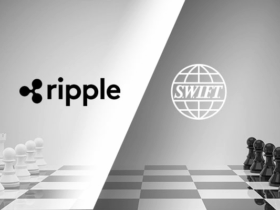
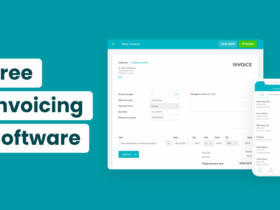





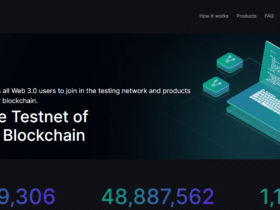

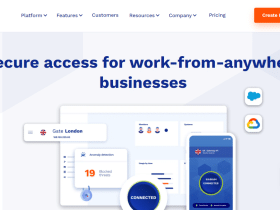
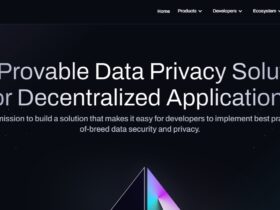















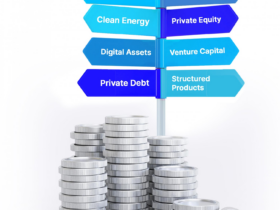
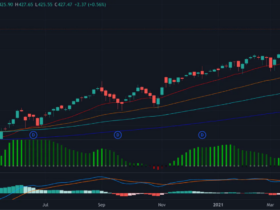


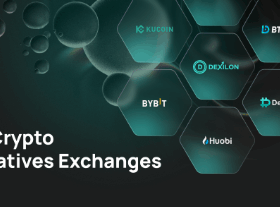
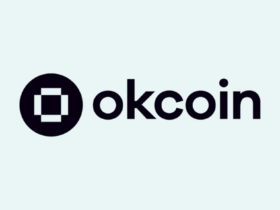
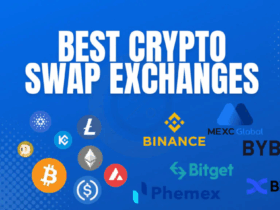




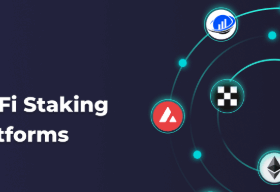

Leave a Reply